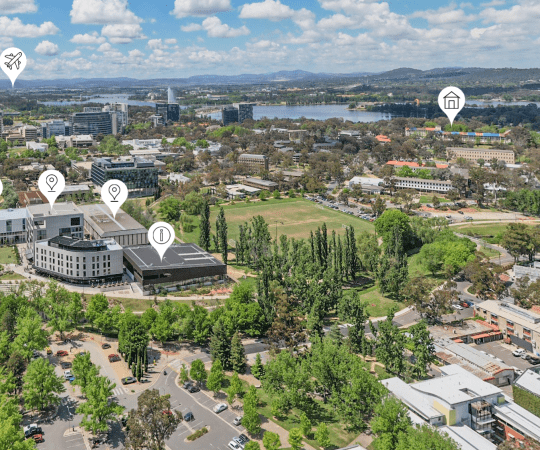
Brands can fail for many reasons even if they are well-known. It’s a common assumption that if a brand looks the part it will be sustainable, but this is incorrect! Branding has evolved to way beyond appearances – it is about the entire experience that your target audience has from initial contact to the concluding interaction.
Your brand is linked to the Buying Cycle – this is the system that customers travel through when they engage you. The ‘touchpoints’ are the methods by which you communicate with your customers and they are designed to make travelling through the Buying Cycle a seamless transition.
Things fall apart when there are gaps in the touchpoint network or if one isn’t working properly. It’s at this exact point when the Buying Cycle is interrupted that the customer looses interest and potentially the sale is lost. Once one customer is lost, the problem can re-occur at the same point so you have to be very aware of your touchpoint network to be able to quickly figure out where the issue is, and fix it.
A recent experience highlighted just how crucial touchpoints are to a brand. A college engaged us because they thought they had a problem with their website – it was receiving many ‘hits’ but the conversion rate to a sale was poor.
The client assumed the website was the entire issue and simply needed a revamp. Our findings suggested differently – the site was part of a much bigger problem that could only be solved by making sure potential customers were being guided through the Buying Cycle using the relevant touchpoints.
But, the touchpoint network was a mess! It was so misaligned that a large percentage of hot/warm leads were fast becoming very cold. Confusion reigned supreme!
The experience was so broken that even current customers were becoming frustrated. It was clear to see that all a potential competitor had to do was offer a slightly better experience to score a sale.
Initial interaction was promising for many customers though – clear, to-the-point advertising, good reviews online (on external sites) and the online tour of the college was engaging.
However, the unraveling happened after that. The initial telephone request for more information was met with “I’m sorry, the person you need to speak to is on holiday for two weeks!” – oh! Introductory material posted out in the meantime was produced on the office printer (no good for first impressions), Open Day signage was surprisingly sparse and there was little evidence of good Alumni connections.
Two enormous positives weren’t being exploited either. Firstly the college had a great student community atmosphere – a notable buzz about the place that was clearly evident throughout the college. It wasn’t just the students either, contrary to earlier experiences, the staff seemed very friendly, knowledgeable and totally focused on making sure students were provided for. Nothing was too much trouble.
However, it was discovered the college tour didn’t always display the professionalism one might have expected for a college who charge the fees they do. The first college tour was excellent but the second was a little too laid-back and amateurish, when compared to the high standards the college boasted about on their website.
Even worse, a request for different college information requested after the visit turned up a week late due to a poorly handwritten address.
It’s easy to blame someone else (or the postman) but the fact remained – mixed messages via a range of touchpoints were damaging the college brand experience.
As overall initial impressions go, many elements just didn’t add up. Several prospective students and parents that were consulted for their feedback spoke of a variety of experiences ranging from really positive to being whole-heartedly unconvinced.
Every experience should be of a consistently high standard.
One individual was even given an email address on a scrap of paper! That summed up the situation perfectly and cast some doubt over the fact that the website was the sole problem.
But the really scary fact was the college had no idea this was happening.
The solution to this particular problem was in fact quite simple – by referring back to the Buying Cycle, carefully checking that each touchpoint existed and was working properly and in conjunction with all the others. In many cases at this college, they didn’t and they weren’t!
That scrap piece of paper might just have prevented a sale. Just like a misinterpreted Facebook comment or unsuitable staff uniforms, an ill-conceived Open Day or non-existent Alumni contact – touchpoint blips can influence an opinion (good or bad).
Remember, the Buying Cycle (awareness, consideration, purchase, service and loyalty) can’t function properly without interaction between each and every touchpoint. Every college is unique too so get to know the ones that are relevant to yours.
Touchpoints are so far reaching and influential, you cannot afford to ignore them.
Make them your new best friends, forever!








Submit a Comment